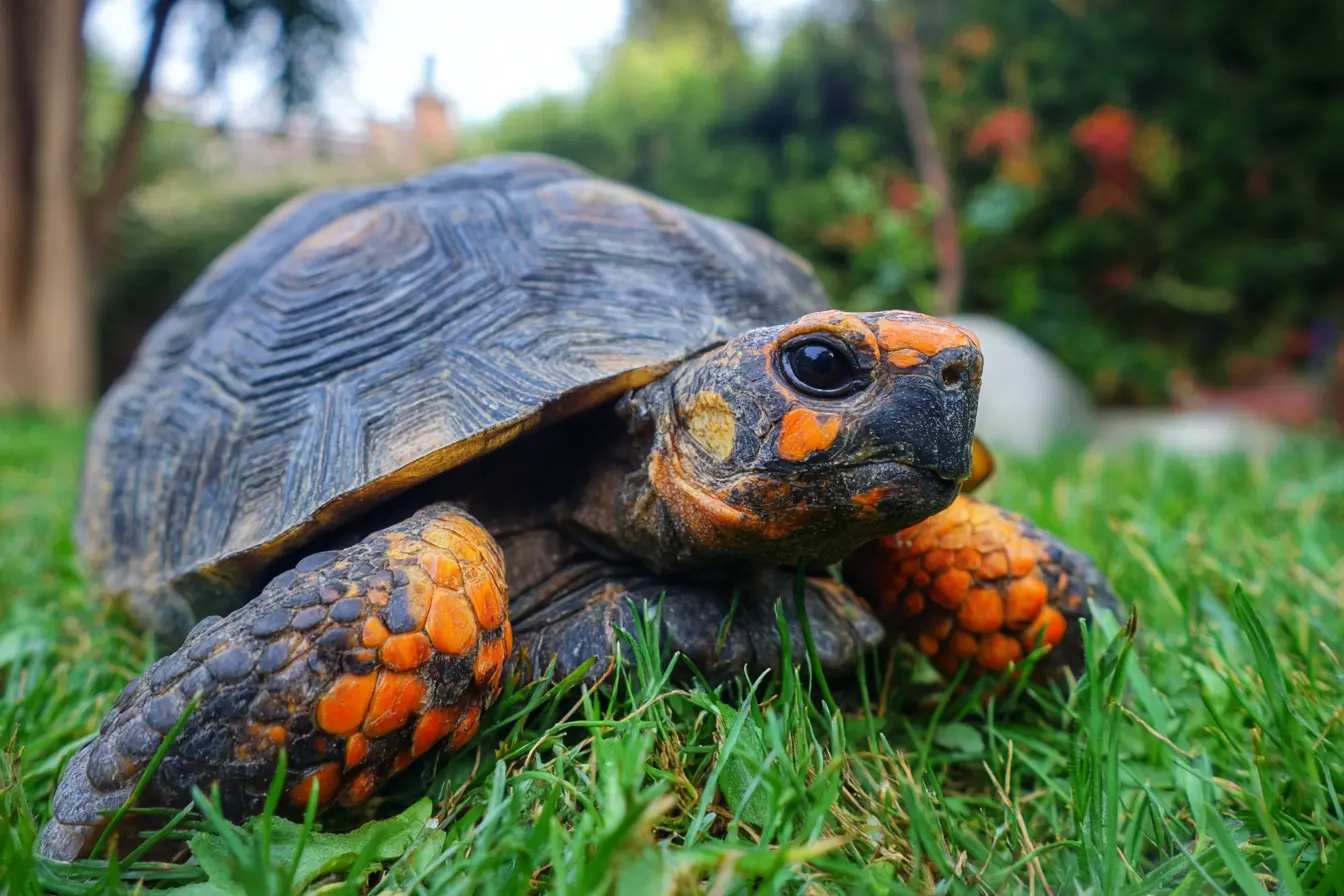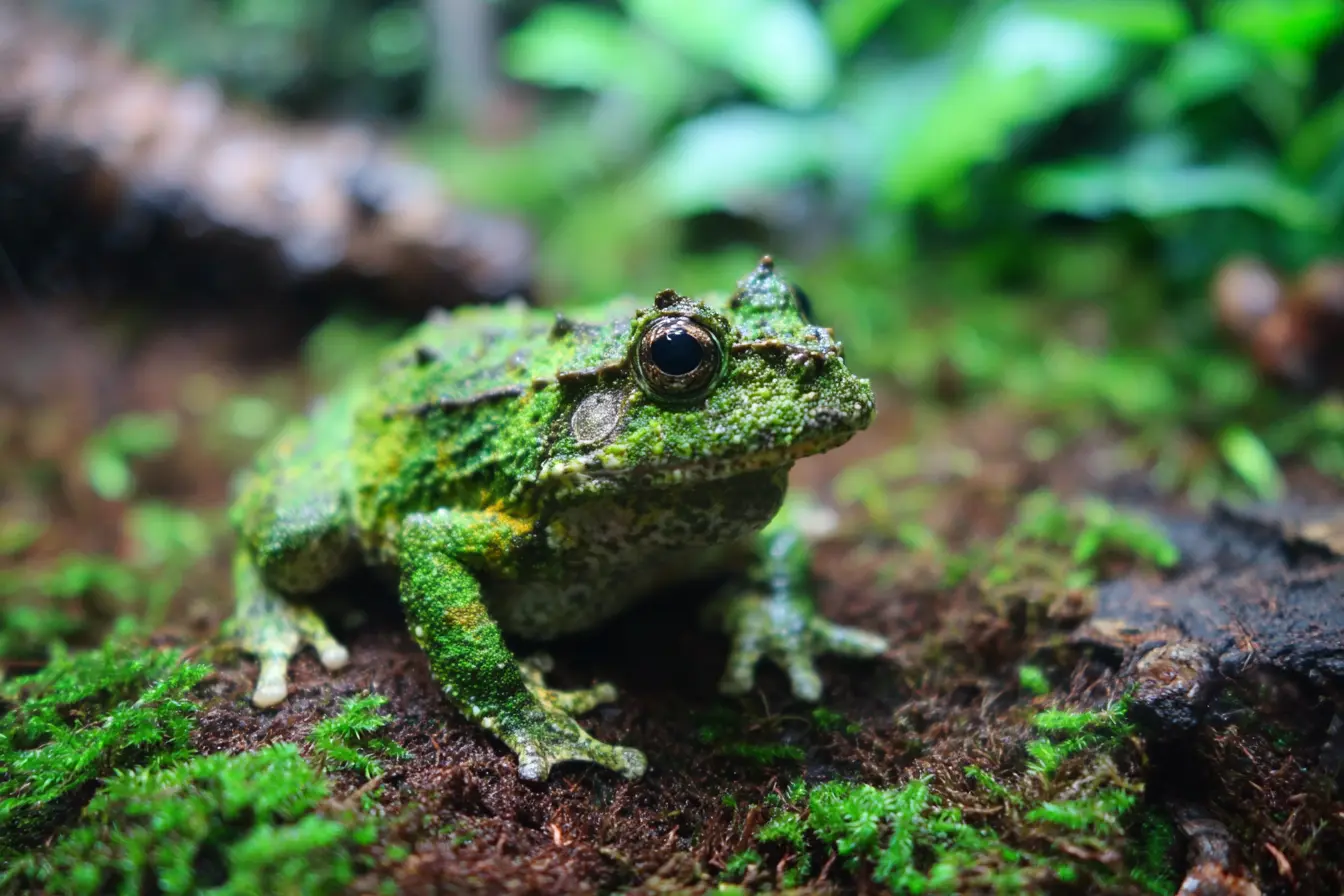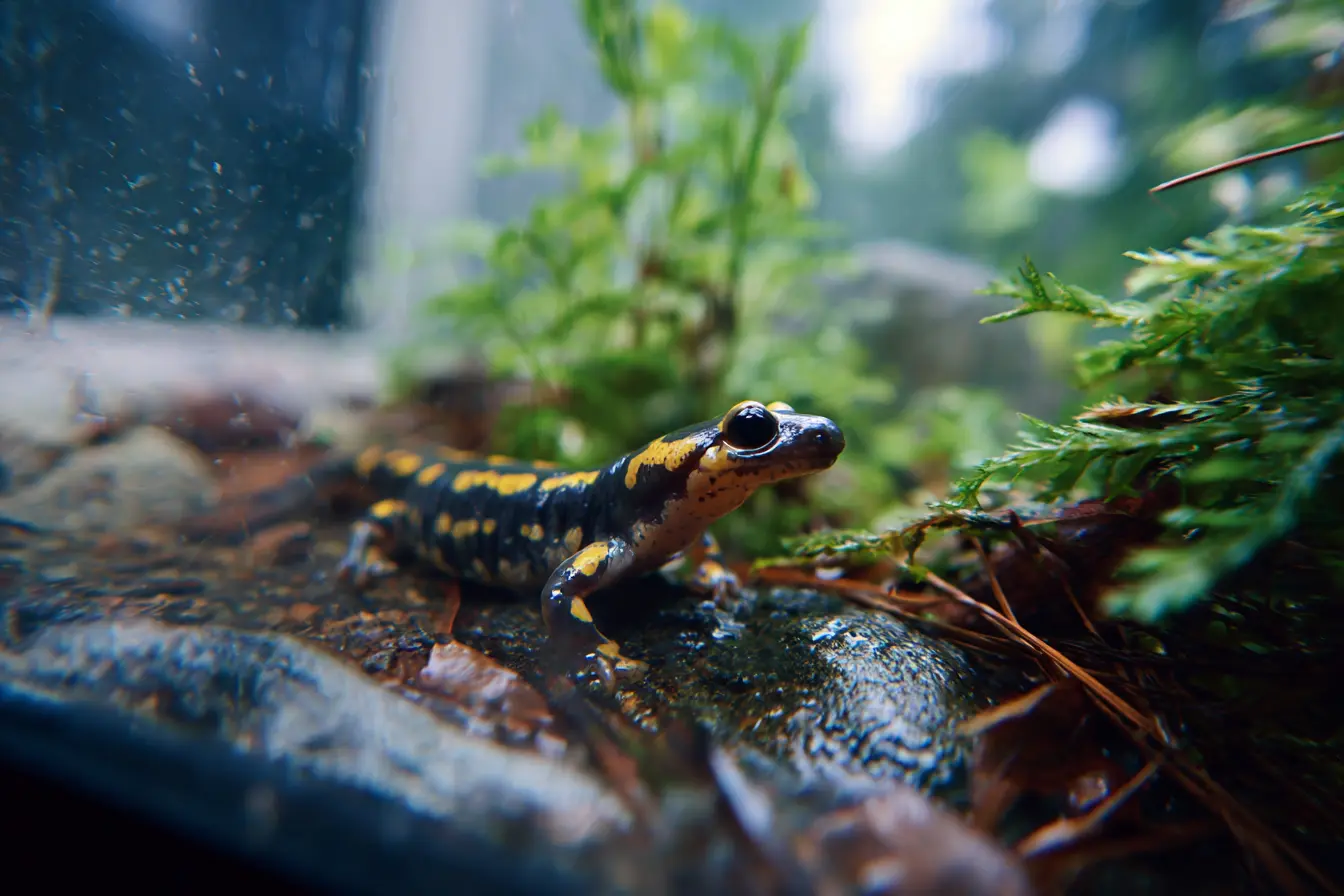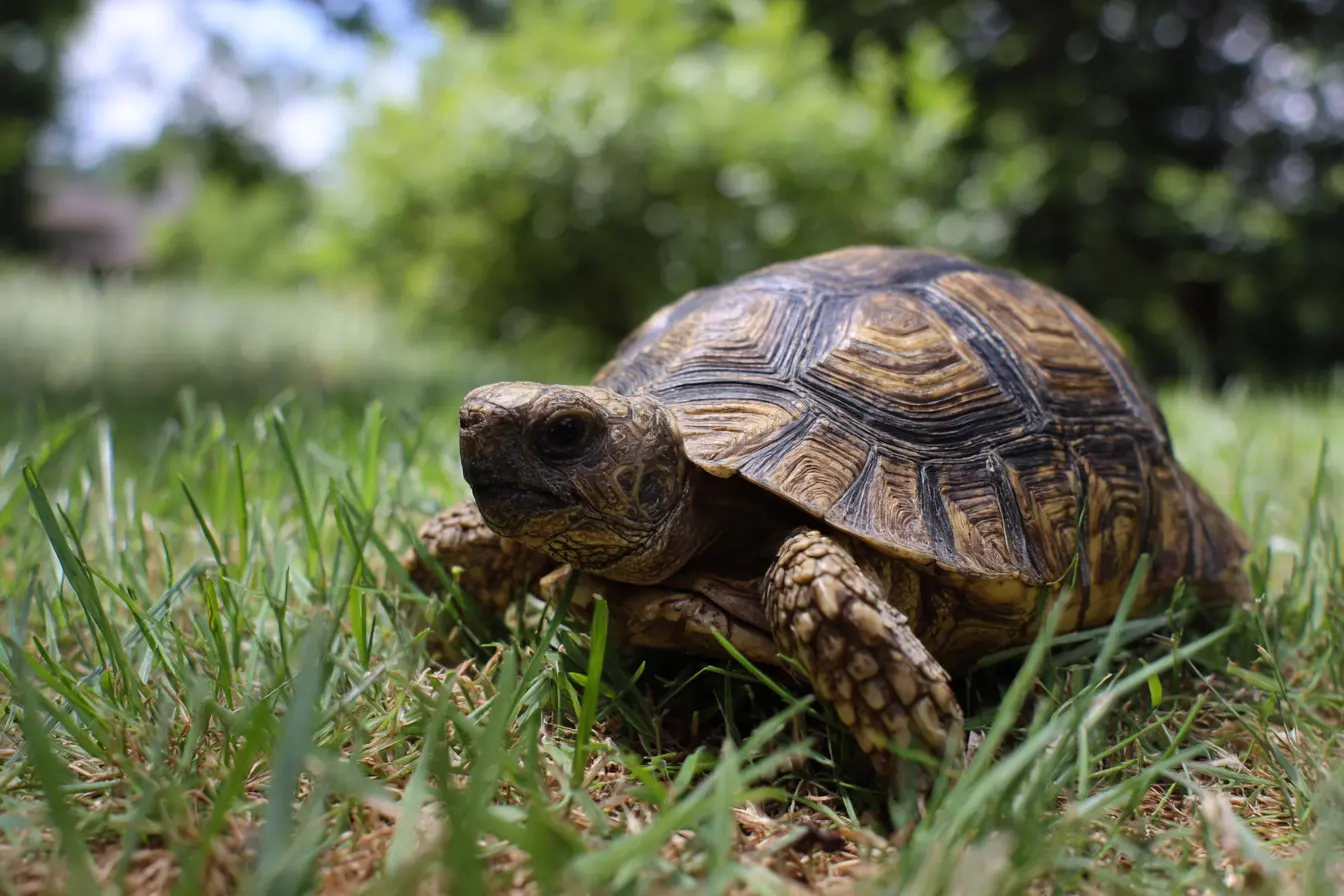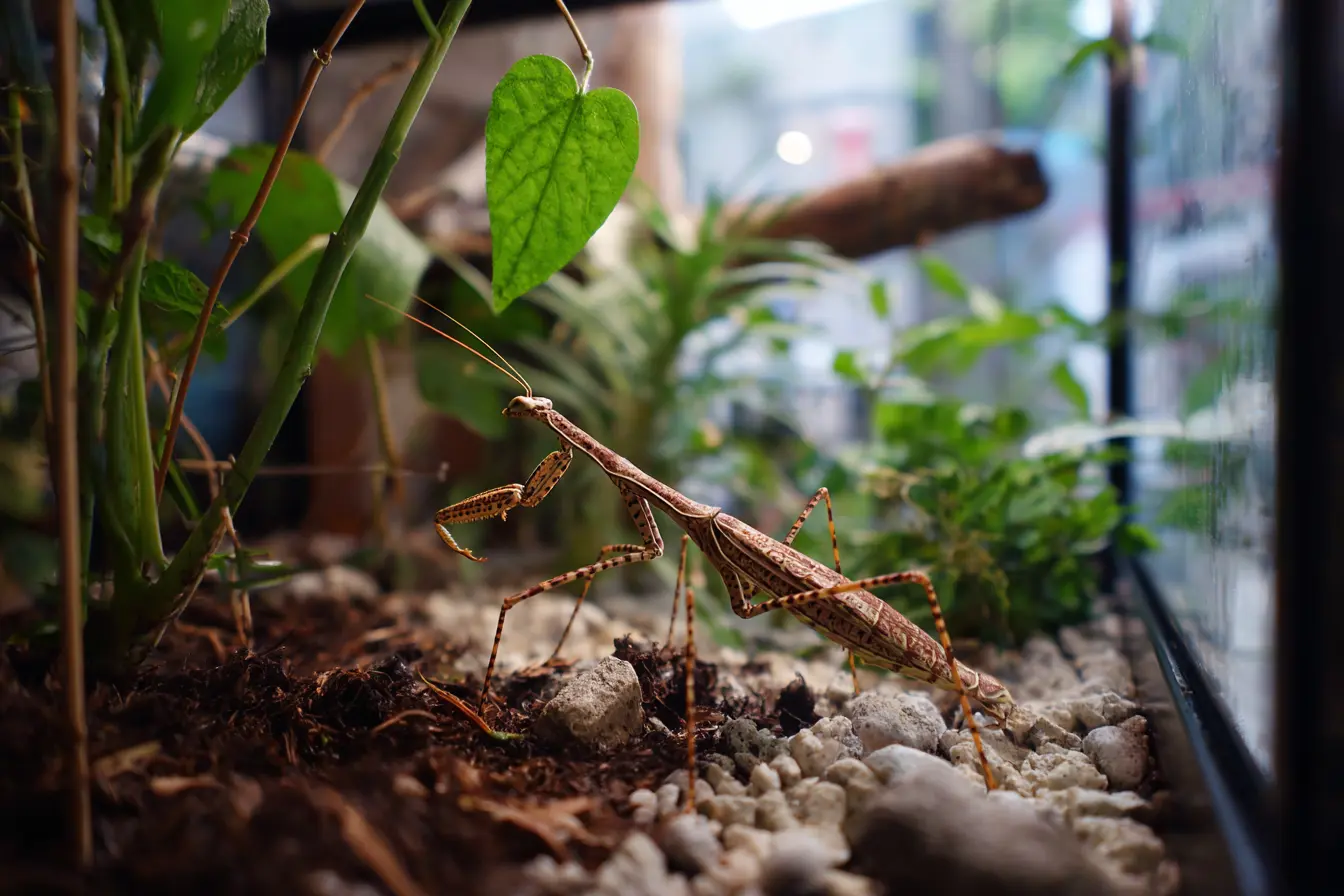
The Complete Guide to Keeping Indian Stick Insects as Pets
The Indian stick insect (Carausius morosus) is one of the most popular and easiest species of stick insect to keep as a pet. Native to India and Sri Lanka, this species has been widely introduced elsewhere, and is loved for its simple care requirements, docile nature, and fascinating camouflage.
This guide covers everything you need to know about keeping, feeding, and breeding Indian stick insects to ensure a healthy and enjoyable experience.
Why Keep an Indian Stick Insect?
Indian stick insects are excellent pets for beginners, children, and insect enthusiasts.
- They are extremely low maintenance.
- Their behaviour and camouflage are fascinating to observe.
- They require very little space.
- They are silent, odourless, and allergy-friendly.
- They have a gentle temperament and are easy to handle.
- They are inexpensive to keep and breed readily in captivity.
Choosing and Acquiring an Indian Stick Insect
Indian stick insects can be purchased from reptile shops, exotic pet breeders, or online insect suppliers.
When selecting a stick insect:
- Choose active individuals with all legs intact.
- Avoid insects that appear lethargic, deformed, or are missing limbs.
- Nymphs (young insects) are often easier to adapt to new environments.
Many keepers also acquire oothecae (egg clusters) or individual eggs, which hatch readily in captivity.
Housing and Enclosure Setup
Providing the right environment is essential for the health and comfort of Indian stick insects.
Enclosure Type
- A mesh cage, glass terrarium, or plastic tank can all be used.
- Ensure good ventilation to prevent mould and allow healthy air circulation.
Enclosure Size
- The enclosure should be at least three times the length of the insect in height.
- A height of 30–40 centimetres is ideal for adults.
- Stick insects prefer vertical space to climb and hang during moulting.
Substrate
- Paper towels, peat moss, or coconut fibre can be used.
- Substrate should help maintain humidity and ease cleaning.
Climbing and Hiding Areas
- Provide plenty of branches, twigs, and plants for climbing.
- Real or artificial plants can offer shelter and naturalistic enrichment.
Temperature and Humidity
- Ideal temperature range: 20°C to 25°C.
- Indian stick insects can tolerate room temperature but grow faster in warmer conditions.
- Maintain humidity at around 60% to 70%.
- Mist the enclosure lightly once a day to maintain humidity.
Lighting
- Stick insects do not require special lighting.
- Natural daylight is sufficient, but avoid direct sunlight to prevent overheating.
Feeding and Nutrition
Indian stick insects are herbivores and require a consistent supply of fresh leaves.
Suitable Food Plants
- Bramble (blackberry)
- Raspberry leaves
- Hawthorn
- Rose leaves
- Privet
- Oak
- Ivy (caution: only small amounts)
Bramble is often preferred due to its year-round availability in many regions.
Feeding Frequency
- Provide fresh leaves at all times.
- Replace wilted or dried leaves every few days.
Feeding Tips
- Place the cut ends of branches in a container of water to keep them fresh.
- Cover the water container with mesh or foil to prevent drowning.
- Wash foraged leaves to remove pesticides or pollutants.
Handling an Indian Stick Insect
Indian stick insects can be handled gently, making them ideal educational pets.
- Allow the insect to walk onto your hand rather than picking it up.
- Handle carefully to avoid damaging their delicate legs.
- Avoid handling during or immediately after moulting when they are especially fragile.
Moulting and Growth
Indian stick insects grow by moulting, shedding their exoskeleton multiple times before reaching adulthood.
Moulting Stages
- They typically moult 5 to 6 times.
- Each stage between moults is called an instar.
Signs of an Upcoming Moult
- Hanging upside down and remaining motionless.
- Reduced movement or appetite.
After Moulting
- Do not disturb the insect during moulting.
- Ensure plenty of vertical space and adequate humidity.
- Newly moulted insects are soft and vulnerable for several hours.
Breeding Indian Stick Insects
Indian stick insects are parthenogenetic, meaning females can reproduce without mating.
Egg Laying
- Females drop tiny eggs onto the enclosure floor.
- Eggs resemble small seeds and hatch in 2 to 5 months depending on temperature.
Incubating Eggs
- Leave eggs on slightly moist substrate.
- Keep them at room temperature (around 22°C to 25°C).
- Mist lightly once a week to maintain humidity without soaking the substrate.
Hatchling Care
- Newly hatched nymphs are very small and delicate.
- Provide soft, young leaves such as bramble or rose.
- Ensure tiny branches are available for climbing.
Common Health Issues
Dehydration
- Symptoms include shrivelled appearance and lethargy.
- Mist more frequently if humidity is too low.
Failed Moulting
- Inadequate humidity or climbing surfaces can cause moulting issues.
- Maintain correct enclosure conditions, especially during growth stages.
Limb Loss
- Injuries may result in lost legs.
- Some stick insects can regenerate lost limbs over subsequent moults if still young.
Starvation
- Caused by lack of appropriate food plants.
- Ensure food plants are always fresh, non-toxic, and pesticide-free.
Ethical Considerations
- Indian stick insects are gentle creatures that should be kept in conditions allowing natural behaviours.
- Never release captive insects into the wild, as they may disrupt local ecosystems.
Legal Considerations in the UK
- Indian stick insects are legal to own and breed in the UK.
- No licences are required for keeping or selling.
- Responsible ownership includes ensuring that surplus insects are rehomed ethically.
Final Thoughts
The Indian stick insect is a wonderful choice for those new to insect keeping. With minimal care requirements, a peaceful nature, and fascinating habits, these incredible insects offer an educational and enjoyable experience. By providing a suitable enclosure, a regular supply of fresh leaves, and gentle handling, you can ensure your stick insect leads a healthy and happy life.
Contents
- Why Keep an Indian Stick Insect?
- Choosing and Acquiring an Indian Stick Insect
- Housing and Enclosure Setup
- Feeding and Nutrition
- Handling an Indian Stick Insect
- Moulting and Growth
- Breeding Indian Stick Insects
- Common Health Issues
- Ethical Considerations
- Legal Considerations in the UK
- Final Thoughts
Tags
Vets near you
Speciality vets
- Aquatics vet specialists
- Birds vet specialists
- Camelids vet specialists
- Cats vet specialists
- Cattle vet specialists
- Deer vet specialists
- Dogs vet specialists
- Equines vet specialists
- Exotic vet specialists
- Goats vet specialists
- Pigs vet specialists
- Poultry vet specialists
- Sheep vet specialists
- Small Mammals vet specialists
- Wild vet specialists
